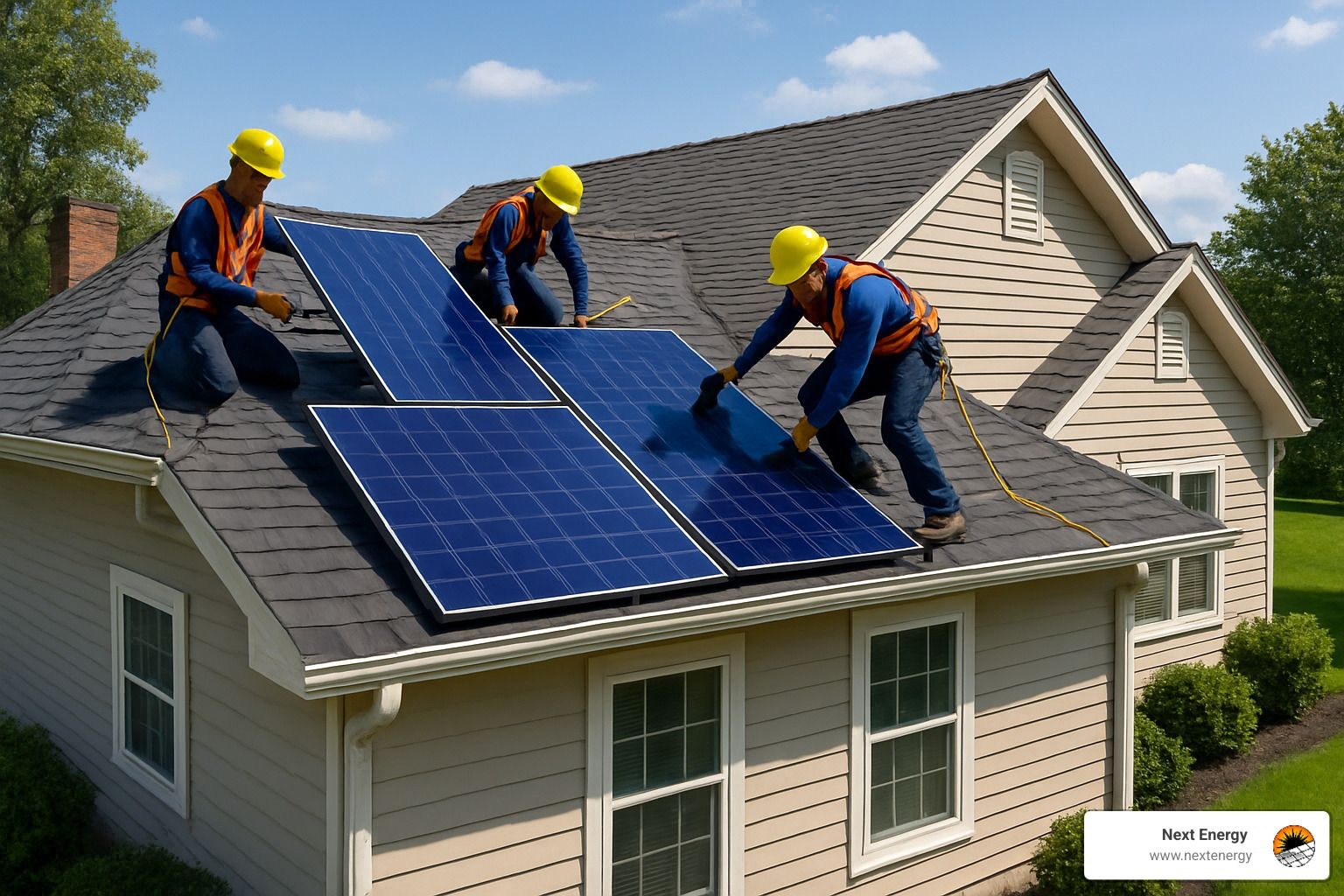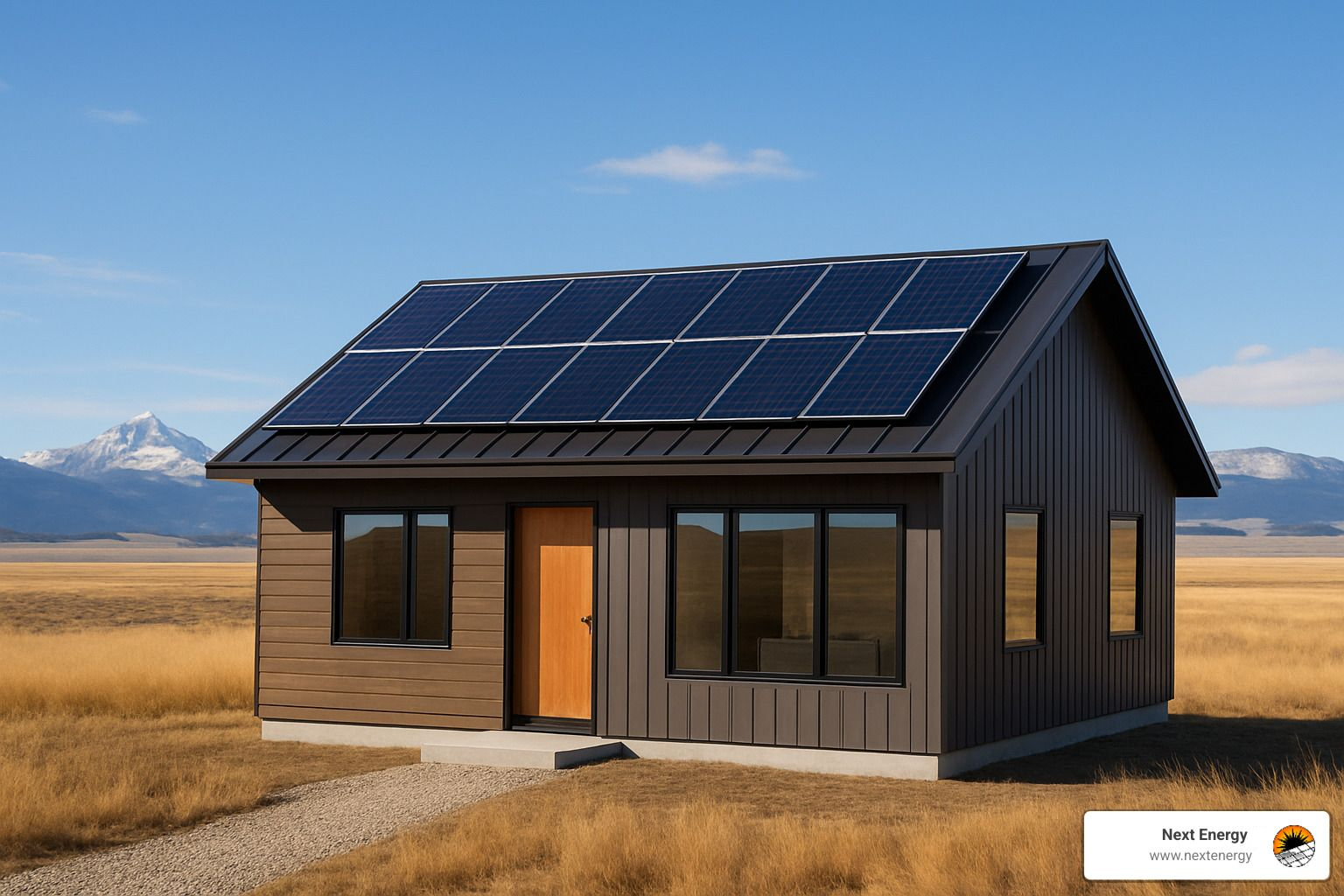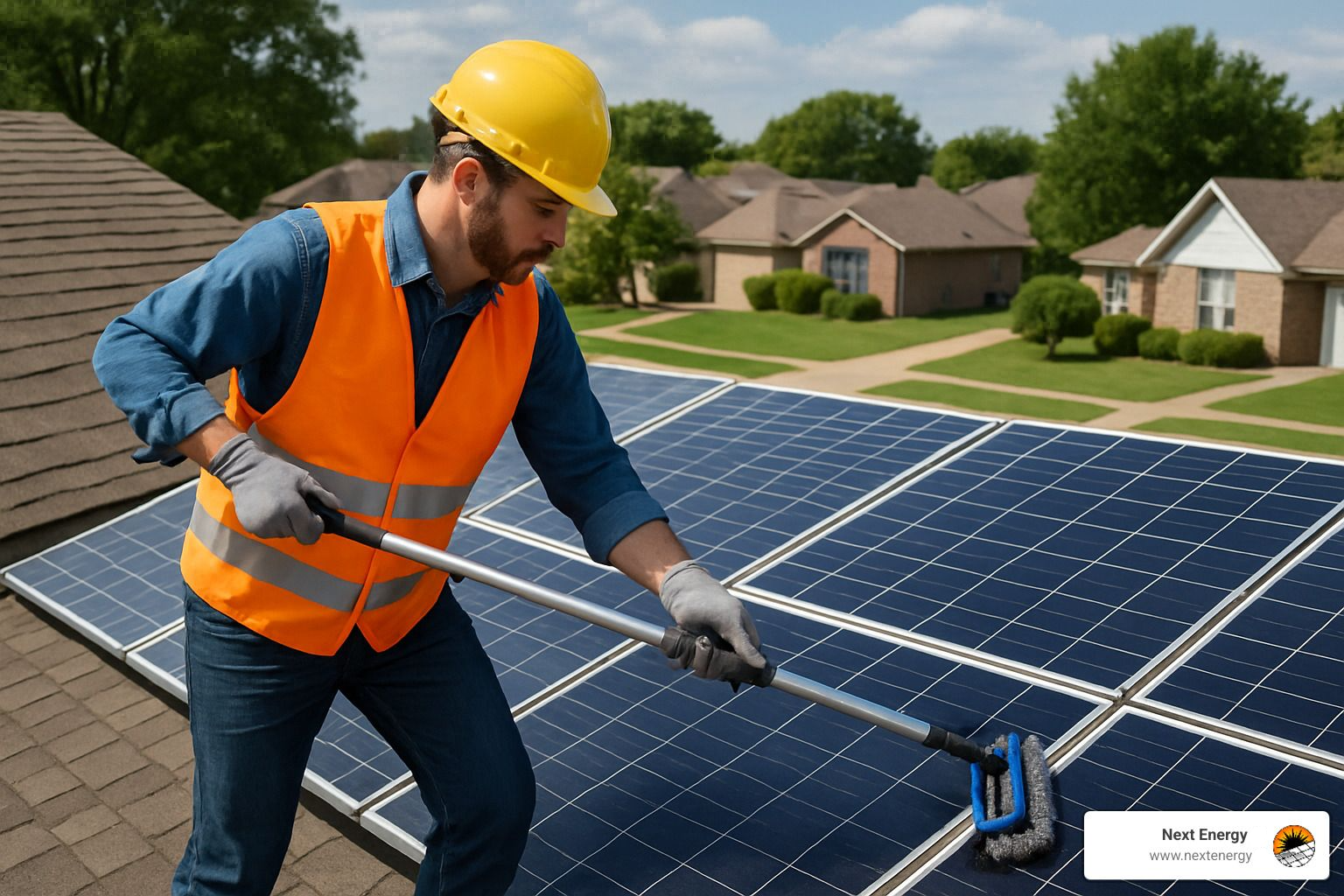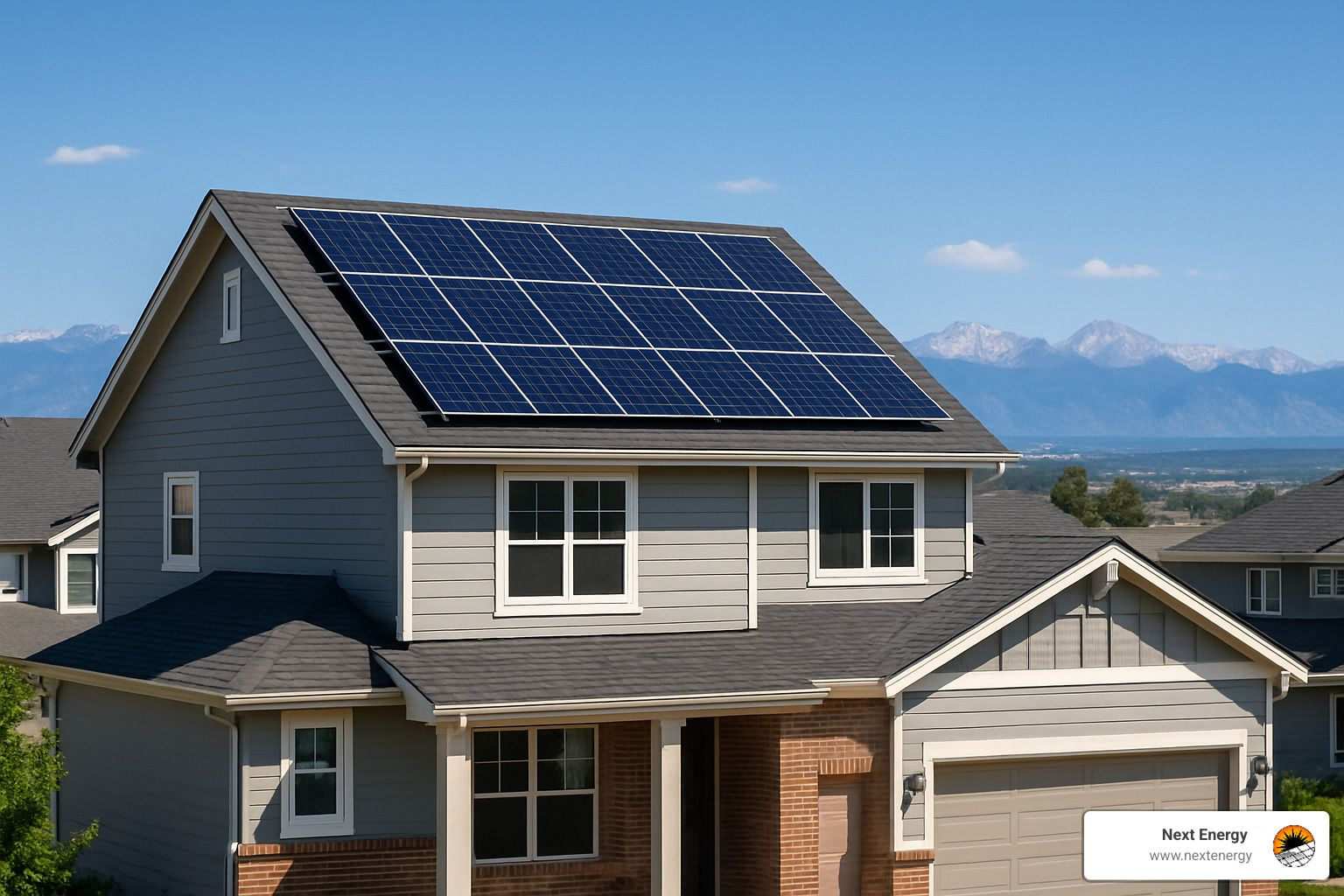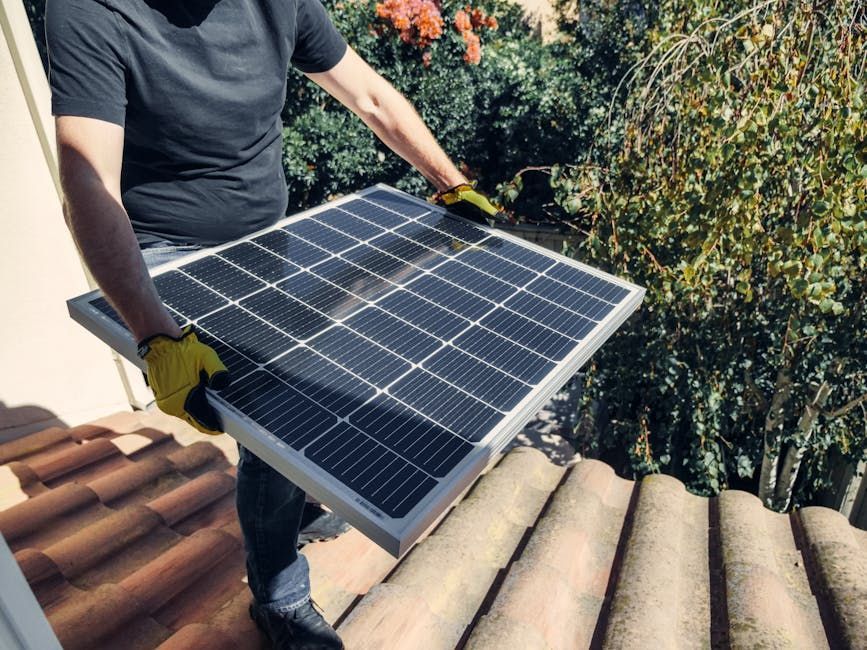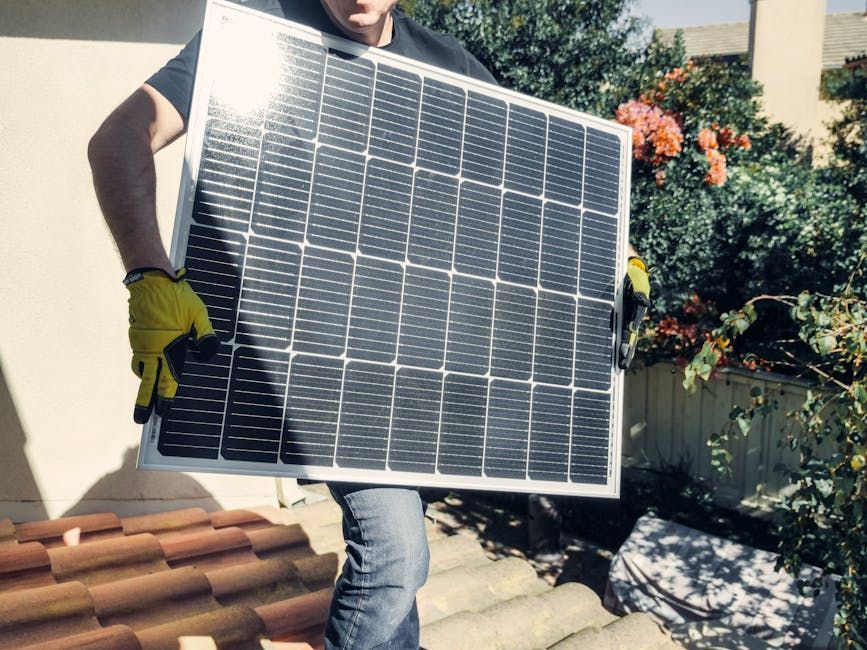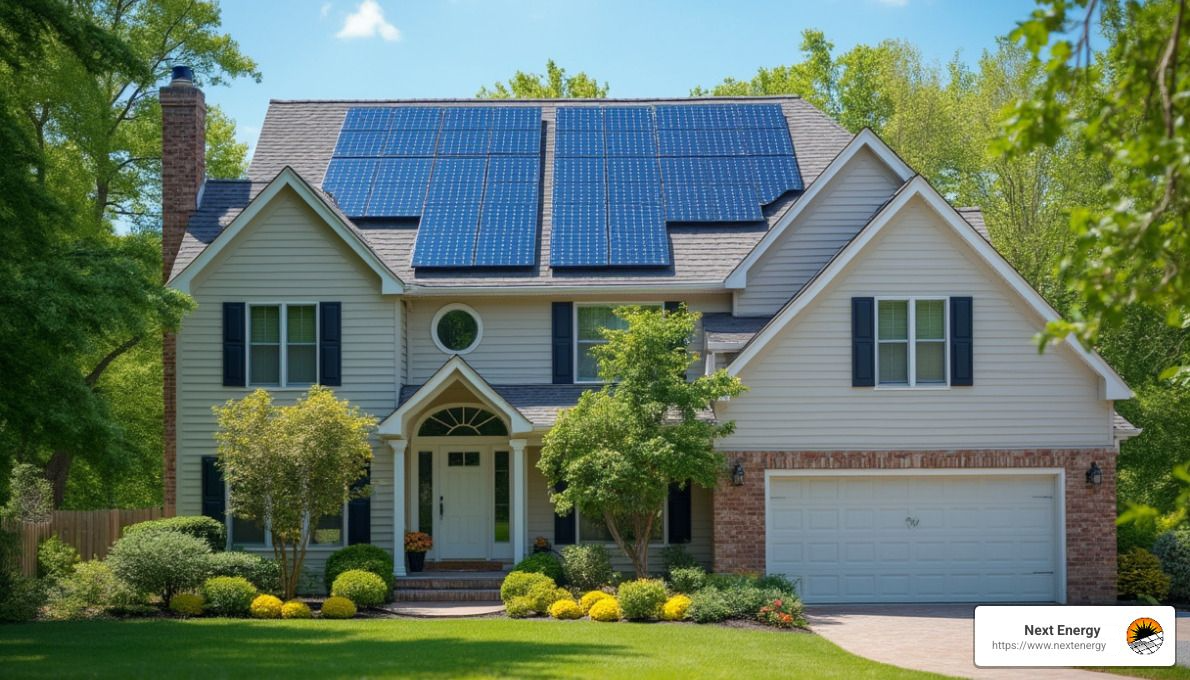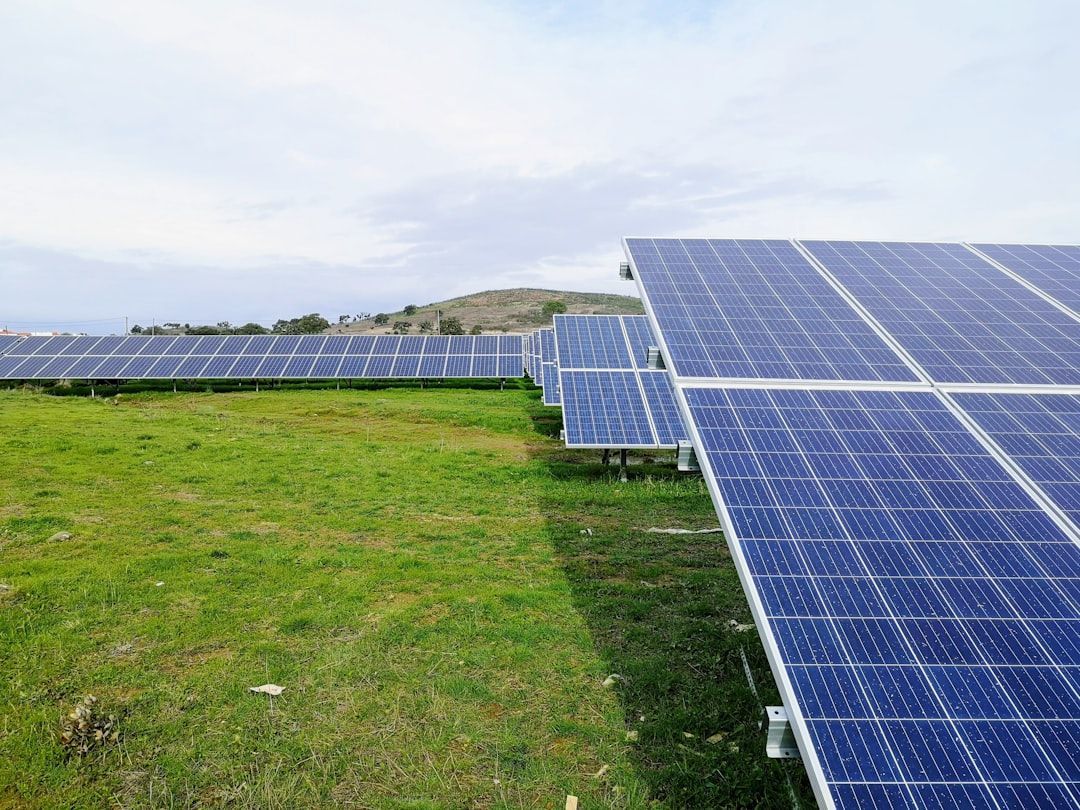Rooftop Solar System Installation: Costs, Benefits & Process
Rooftop Solar System Installation: Costs, Benefits & Process
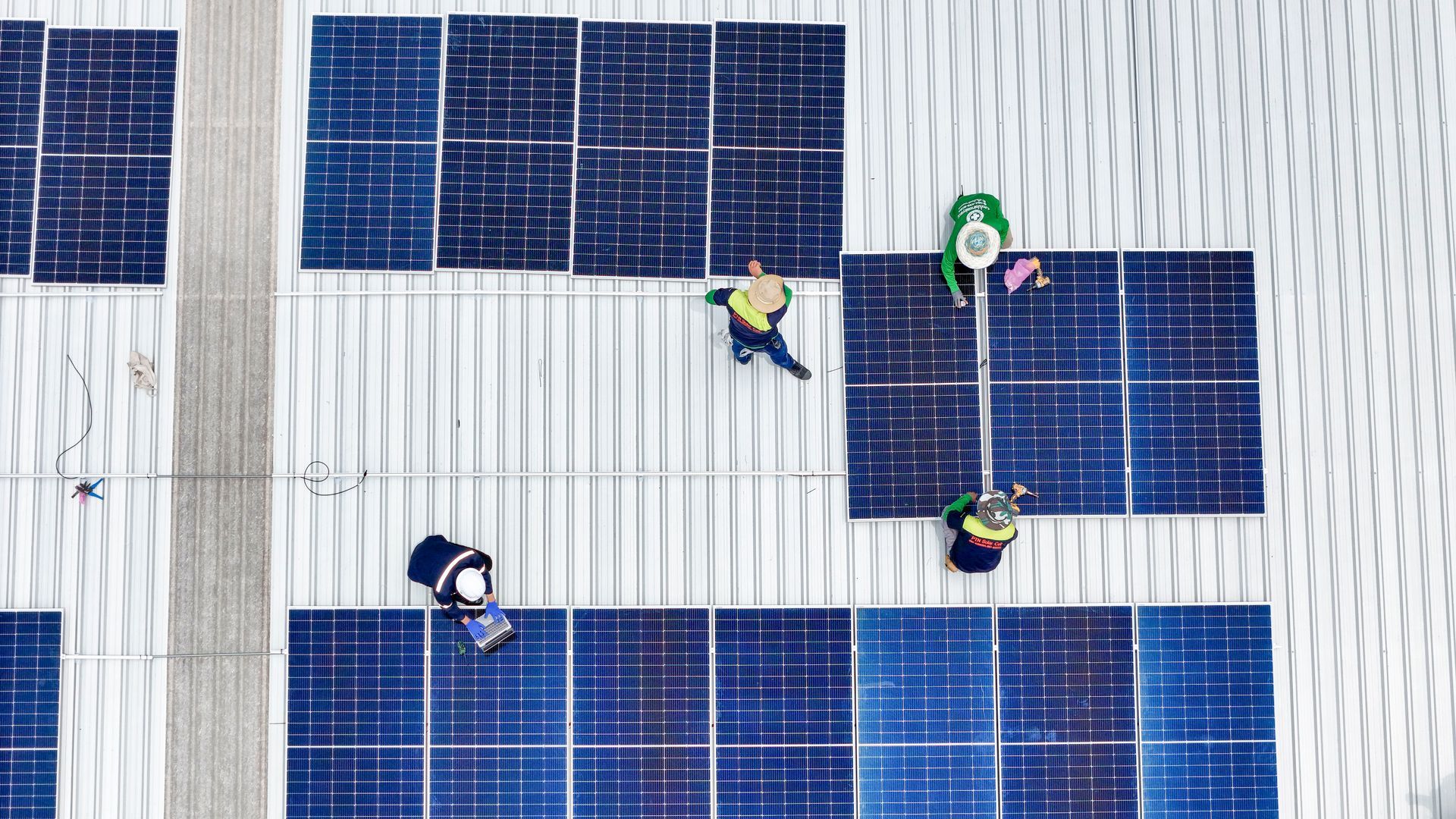
Last spring, a couple in Wellington, CO reached out to us. They wanted to install solar on their roof but were overwhelmed by the costs and confused by the process. They'd seen prices vary wildly and didn’t know who to trust. With a custom plan, clear financing options, and help navigating local rebates, we reduced their upfront costs by 35% and got their system up and running in less than 45 days.
If you're thinking about installing solar panels on your roof, you're not alone. Residential solar is booming across Colorado, especially in places like Wellington and Loveland. But between confusing quotes, unfamiliar jargon, and hidden fees, it's easy to feel lost.
This guide will help clear things up. We’ll walk you through the benefits, costs, and steps of rooftop solar system installation. Plus, we’ll share 5 smart strategies to make going solar more affordable than you think.
What Is Rooftop Solar System Installation?
Rooftop solar system installation refers to the process of mounting solar panels on the roof of a residential or commercial building. These systems convert sunlight into electricity that can be used to power your home, reducing your dependence on the grid.
Installing rooftop solar involves several key components working together:
- Solar panels: Collect sunlight and generate DC electricity
- Inverters: Convert DC into AC power used in homes
- Mounting systems: Secure panels safely to your roof structure
- Monitoring systems: Track production and detect system issues
Rooftop solar installations are typically grid-tied in cities like Wellington, meaning you remain connected to your local utility for backup power and net metering benefits.
Why Rooftop Solar Is a Smart Investment
Investing in rooftop solar is more than just a way to cut electric bills. It’s a long-term decision that boosts your property value, insulates you from utility rate hikes, and helps reduce your environmental impact. Here’s a deeper look at why rooftop solar is worth it.
Lower Electricity Costs
The moment your system is activated, you begin generating free power from the sun. For many Colorado homeowners, this results in 60% to 100% reductions in electric bills, saving thousands over the lifetime of the system.
Additionally, during peak sunshine months, your system may produce more electricity than you use—earning credits from your utility through net metering programs.
Local Incentives and Federal Tax Credits
Federal and state incentives help offset installation costs significantly. The Investment Tax Credit (ITC) currently allows you to deduct 30% of your system cost from federal taxes. Plus, many local utilities in Northern Colorado offer additional rebates that reduce upfront investment even further.
By combining these incentives, solar becomes accessible to more families and pays off faster than many expect.
Increased Home Value
Solar doesn’t just save money—it adds value. Studies show that homes with solar systems not only sell for more but also sell faster than non-solar homes. Buyers are attracted to the long-term savings and sustainability benefits.
Adding solar also makes your home more competitive in a crowded market, especially in environmentally conscious areas like Wellington and Loveland.
Energy Independence
Solar gives you more control over your power. As utility rates increase or outages become more common, your rooftop system ensures a consistent, reliable energy source—especially when paired with battery storage.
For homeowners who want to reduce dependence on utility companies or plan for emergencies, solar is a smart security investment.
Environmental Impact
A single rooftop solar system can offset over 100 tons of carbon dioxide across 25 years—the same as taking a car off the road for 10 years or planting thousands of trees. Going solar is a direct way to contribute to a cleaner, healthier environment.
How Much Does Rooftop Solar Installation Cost?
Many homeowners hesitate to install solar because of cost concerns, but today’s prices are lower than ever thanks to increased efficiency, mass production, and government support.
Here’s a realistic cost estimate for homes in Colorado:
- Average price per watt: $2.50–$3.50 (pre-incentives)
- Typical system size: 5kW–10kW for residential roofs
- Estimated cost range: $12,500–$35,000 before tax credits
After applying the 30% federal tax credit, a $20,000 system becomes $14,000. With solar financing options, many homeowners pay less monthly than they do for their regular electric bills, turning solar into a cash-flow-positive decision from day one.
Pro tip: Avoid national chains and choose a trusted local provider for better pricing, faster service, and deeper knowledge of Wellington’s building codes and climate.
The Installation Process: Step-by-Step
Getting solar panels on your roof doesn’t happen overnight, but the process is simpler than most expect. Let’s walk through the typical timeline from first call to final connection.
Step 1: Free Site Evaluation
A technician visits your home to evaluate roof space, angle, shading, and your historical energy usage. This step helps determine the ideal system size and placement.
Step 2: Custom System Design
The solar team creates a tailored system using software, satellite imaging, and architectural data. You’ll receive a design and quote that includes production estimates and savings projections.
Step 3: Permitting and Paperwork
Your installer handles all local permits, engineering approvals, HOA paperwork, and utility applications. In places like Wellington, this step is critical to keep the project moving smoothly.
Step 4: Installation Day
Most rooftop systems are installed in 1–3 days. The crew sets up safety equipment, installs mounting hardware, panels, and inverters, then connects everything to your home’s electrical system.
Step 5: Inspection and Utility Approval
After installation, your city’s building department inspects the system. Once approved, your utility company grants permission to operate (PTO), completing the process.
Step 6: Flip the Switch
With PTO in hand, your system is activated and starts powering your home with solar energy. You can track its performance with your monitoring app and begin saving immediately.
5 Smart Ways to Save on Rooftop Solar Installation
Solar doesn’t have to cost a fortune. With the right strategies, you can reduce upfront expenses and get more value from your system. Here are 5 proven ways to save.
Claim the Federal Tax Credit
Don’t miss the 30% federal Investment Tax Credit—it’s one of the biggest cost-saving tools available. But it’s gradually stepping down over the next few years, so act now to maximize savings.
Apply for Local Rebates
Utilities like Poudre Valley REA and Xcel Energy offer local solar rebates or net metering. These can significantly reduce your costs or help you earn credit for energy sent back to the grid.
Bundle with Roofing or Efficiency Upgrades
If you’re replacing your roof or upgrading your home’s insulation, consider doing it with solar. You’ll cut installation labor costs and qualify for additional incentives aimed at energy efficiency.
Choose the Right System Size
More panels don’t always mean more savings. Your installer should size your system based on your actual usage, not just available roof space. Smaller, well-designed systems often outperform larger ones that aren’t optimized.
Use a Local Installer
Local companies know the permitting process, weather conditions, and utility programs better than national chains. They also offer more personalized support and competitive pricing.
Frequently Asked Questions
- Can rooftop solar panels be installed on older homes?
Yes, but a structural assessment of the roof is necessary to ensure it can handle the weight and layout of the solar system. - What happens to solar production during snowstorms or cloudy days?
Solar panels still produce energy during cloudy weather, though at reduced capacity. Snow can block sunlight temporarily, but most systems are angled to encourage snow slide-off. - Do I need a new electric meter or panel for solar installation?
Sometimes. If your existing panel is outdated or lacks space, an upgrade may be required to safely support the new solar system. - Can I expand my rooftop solar system in the future?
Yes, systems can often be expanded if your roof has room and your inverter supports the added capacity. It’s smart to plan for future growth during the initial design.
How Next Energy Can Help You
At Next Energy, we make solar simple, affordable, and stress-free. Based in Northern Colorado, we specialize in rooftop solar system installation for homes, farms, and businesses across Wellington, Loveland, and surrounding communities.
What you can expect:
- Transparent pricing with no hidden fees
- Help with tax credits, rebates, and financing
- Local permitting and inspection management
- Fast, professional installation by certified crews
- Ongoing monitoring and maintenance support
Visit us at: 6880 N. Franklin Ave. Loveland, CO 80538
Call us
now: 970 800 6398
Solar doesn’t have to be confusing or expensive. Let Next Energy help you power your home the smart way.
